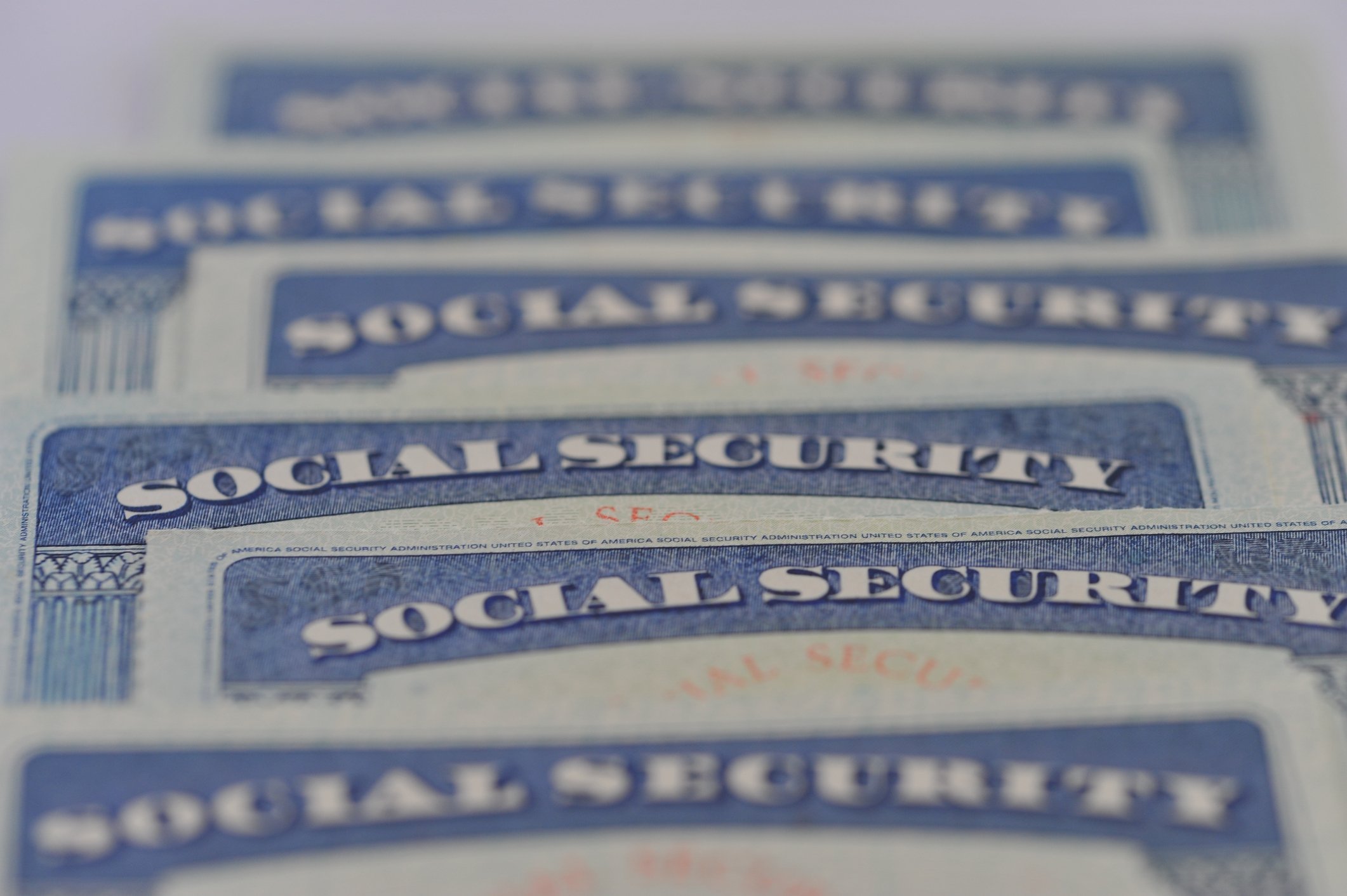Q: I'm a new investor and want to start buying dividend stocks to hold for the long term. How do dividends actually work, and what should I do with them?
The first thing to learn as a beginner investor is that companies generally pay their dividends in installments throughout the year. Most companies follow a quarterly dividend schedule, although monthly dividends are also relatively common.
Second, there are a couple key dates you should be aware of. The ex-dividend date is the first date a stock trades without its upcoming dividend payment. In other words, if a stock is trading for $30 before the ex-dividend date and has a $0.50 dividend payment scheduled, you can expect it to drop to about $29.50 on the morning of the ex-dividend date. The important point is that if you own a dividend stock before the ex-dividend date, you'll be entitled to the upcoming payment.
The other key date is the payment date, or the day you should expect the dividend to show up in your brokerage account. Be aware that it's not uncommon for several weeks to pass between the ex-dividend date and the payment date, and you should be able to find both on your broker's website.
Finally, it's important to understand the concept of dividend reinvestment. Unless you're investing for current income, the best way to maximize the long-term compounding power of dividend stocks is to reinvest your dividends in more shares.
You can enroll your dividend stocks in a dividend reinvestment plan (DRIP) through your brokerage, which allows you to invest your dividends automatically into more shares of the same stock, typically commission-free. A DRIP will even allow you to buy partial shares to put all of your dividends to work, so don't overlook the importance of this step.





